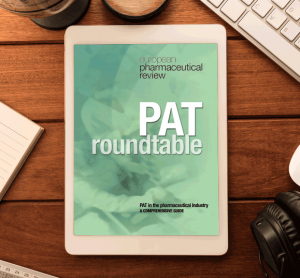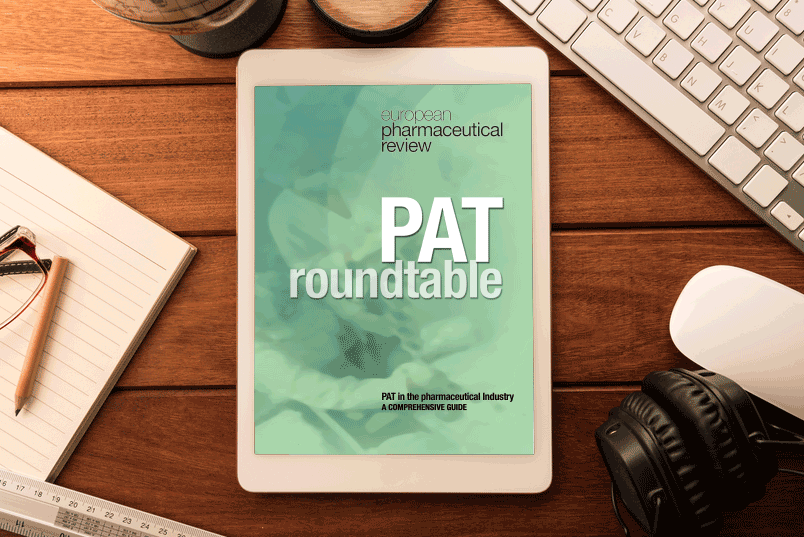An eight-step Six Sigma toll-gate approach to PAT implementation
21 September 2007 | By Bikash Chatterjee, President of Pharmatech Associates, Inc and Jeremy Green, Senior Consultant for Pharmatech Associates, Inc.
The FDA’s recent guidance regarding Process Analytical Technology (PAT) offers the pharmaceutical and biotech industries an unprecedented opportunity to leverage hard-won experience with scientific inquiry and innovation. However, the leap to PAT is significant for even the most rigorous development program. Many aspects of Six Sigma; including its use of…











